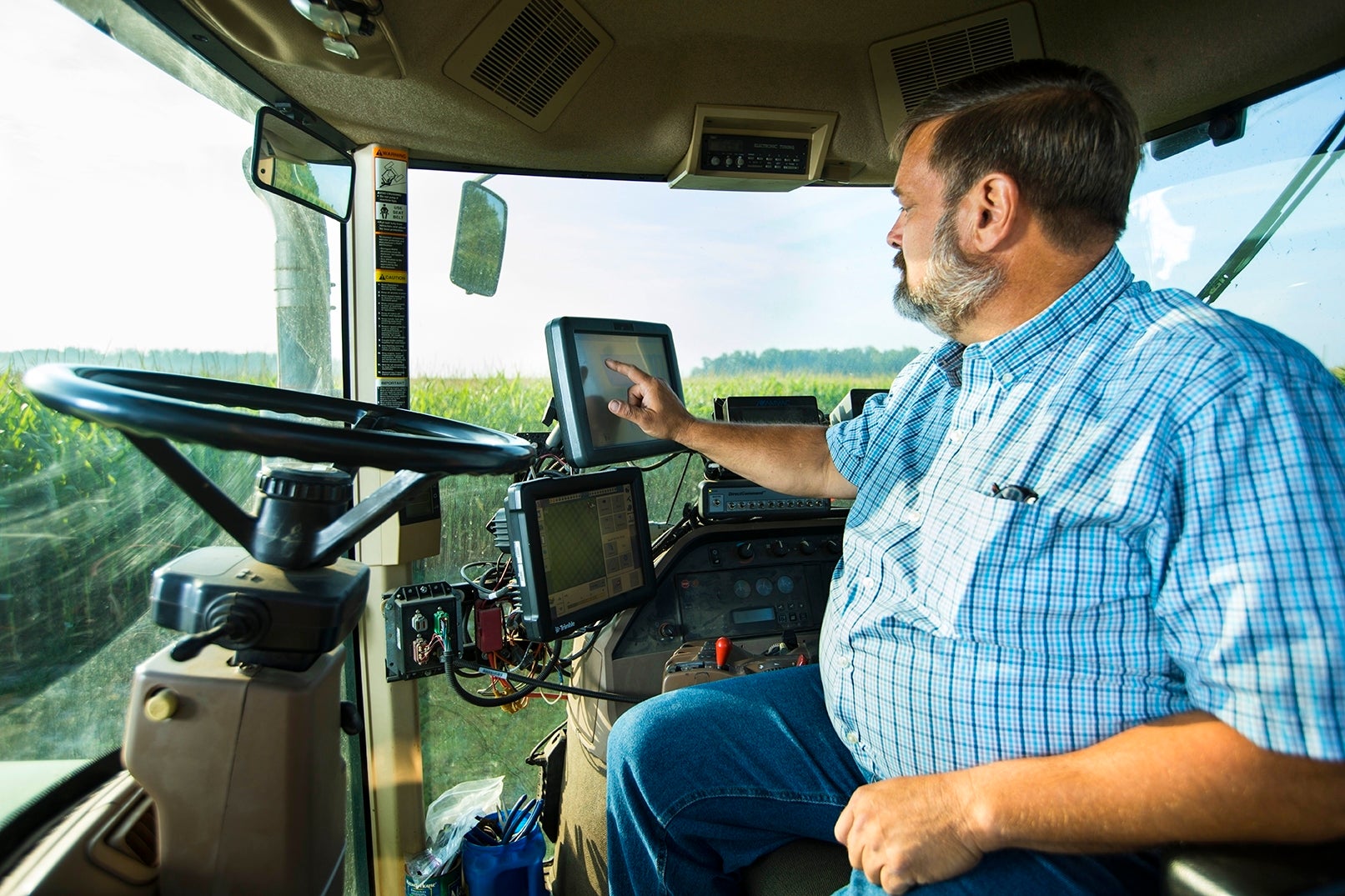The farm bill can make the ag data revolution a reality
For big data to truly revolutionize agricultural productivity and sustainability, data needs to be accessible. Industry and government have already collected troves of data points. The trick now is to combine disparate data sets and make them available to farmers, researchers and advisers – all while meticulously protecting producer privacy.
The private sector moved aggressively in 2017 to provide farmers with solutions for collecting and interpreting their data. $500 million in investments flowed to start-ups providing farm management software, sensing and other data solutions – a sector with 27 percent year-over-year growth.
It’s time for the public sector to do the same. Here’s how the next farm bill can ensure farmers see benefits from their data.
Bring USDA data up to 21st century standards
The U.S. Department of Agriculture already manages a wealth of farmer data, from conservation practice adoption to yields. Unfortunately, this data sits within different USDA agencies – the Natural Resources Conservation Service, the Farm Service Agency and the Risk Management Agency – making it cumbersome, if not impossible, to access.
[Tweet “How the farm bill can make the ag data revolution a realityhttps://www.edf.org/BVv”]
A bipartisan proposal from Senators Amy Klobuchar, D-Minn., and John Thune, R-S.D., would knock down these data siloes if included in the next farm bill. The Agricultural Data Act directs the Secretary of Agriculture to anonymize and aggregate farmer data into a single location.
This seemingly simple update would have enormous benefits for agricultural production and sustainability outcomes – and will be easier to accomplish now that these disparate data sets are overseen by Undersecretary Bill Northey.
Realize the promise of big data

With this data in a single location, trusted researchers, primarily from land-grant universities, could establish contracts with USDA to access the information. The strict privacy protocols already in place at USDA and used by academic institutions – combined with the anonymized data – would ensure the integrity and confidentiality of producer data.
The sky’s the limit on the sustainability and profitability value farmers will realize from researchers connecting the dots between data points about conservation practices, yield variability, and susceptibility to droughts and floods.
In the near term, data can help farmers and advisers increase the efficiency of inputs, build soil health, and increase resilience to extreme weather.
Longer term, improved quantification of the links between specific conservation practices and risk reduction will help strengthen the crop insurance program, measure environmental improvements and tell farmers’ sustainability story.










